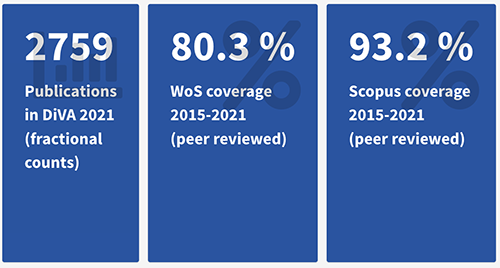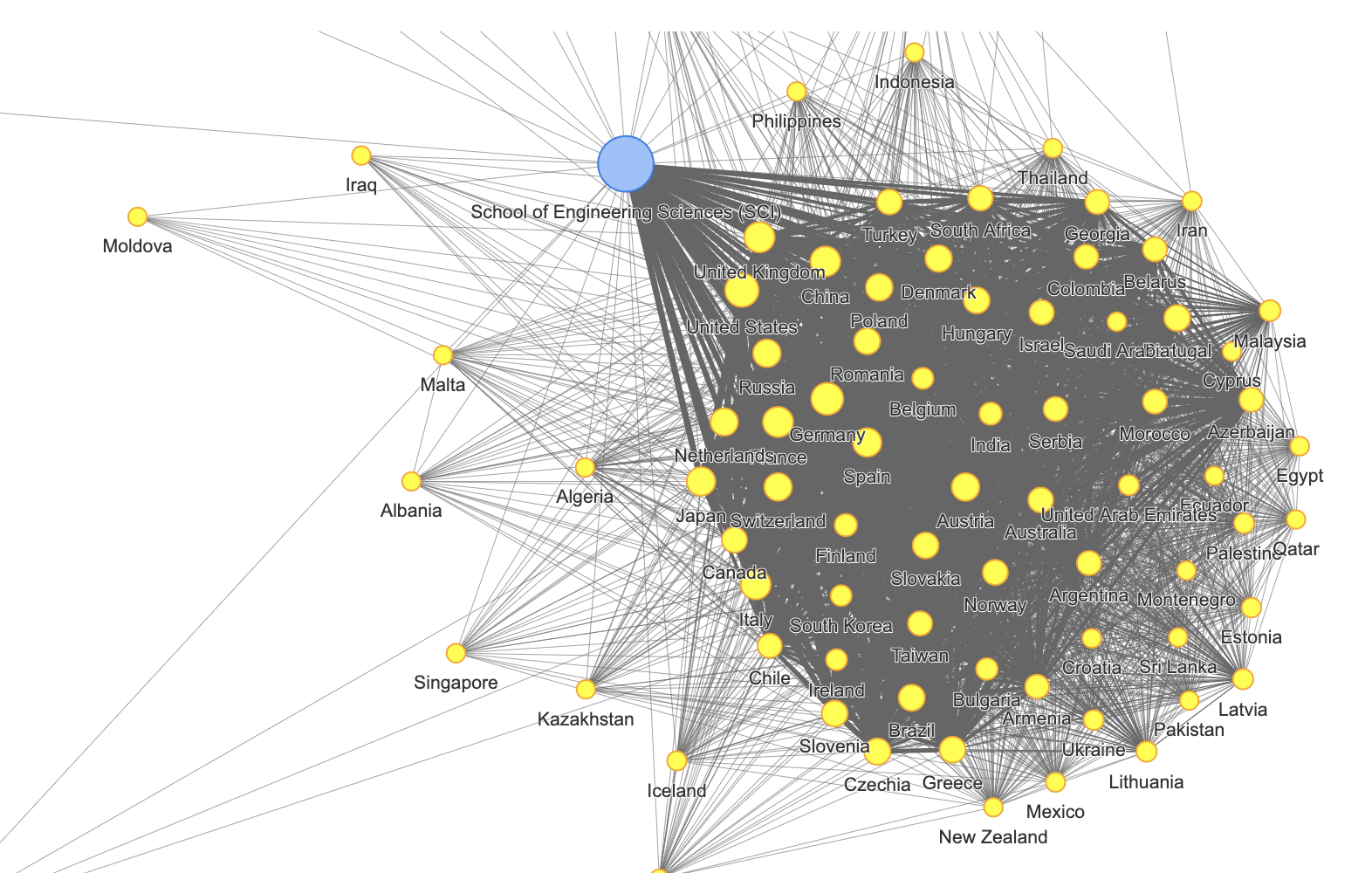A new version of Annual Bibliometric Monitoring (ABM) 2022 is now available
In ABM you will find information about KTH's publication, bibliometric indicators, co-publishing and open access information. New for this year is, among other things, a overview of the units' publications relating to UN's global sustainability goals (SDG).
Go directly to ABM (Annual Bibliometric Monitoring)
ABM is part of KTH's ongoing follow-up and quality work, and can provide an overview of the impact of KTH's research. It also provides insight into what research looks like at KTH, as well as how research interacts with the rest of society.
This version of ABM covers the publication years 2015–2021 and contains, among other things, information on publication volume, citation impact and co-publication indicators. You can also see which specific countries and organizations the units have co-published with, as well as access open access information. New for this year is that ABM also contains a overview of the units' publications relating to the UN's global goals (SDG).

The purpose of ÅBU is to facilitate the follow-up and understanding of KTH's research. For schools and institutions, the idea is that the database can be used as a data source in quality dialogues and follow-up work. A goal of this work is also that, in the long run, it can contribute to increasing the impact of KTH's research. ABM is primarily based on data from DiVA and Bibmet (KTH's bibliometric database) and results are presented for the whole of KTH as well as at the school, department and individual level.
Note that during the year we have also launched a new service from the project Data-driven analysis and follow-up of KTH's research (DAUF), a service that complements the ABM. This new service called KTH Research Information, available through KTH login, makes it possible to also view publishing and citation impact for divisions, but it is also possible to create your own groupings of researchers (for example, research centers and project groups). There are also greater opportunities to filter data here than in ABM, and there is also some preliminary project data. Note that this service is under ongoing development. It's a collaborative project between the KTH Library and the IT department.
Go directly to KTH Research Information

You can also read more about the library's work with bibliometrics at KTH .
If you have any questions, please contact the Bibliometics group via e-mail biblioteket@kth.se.